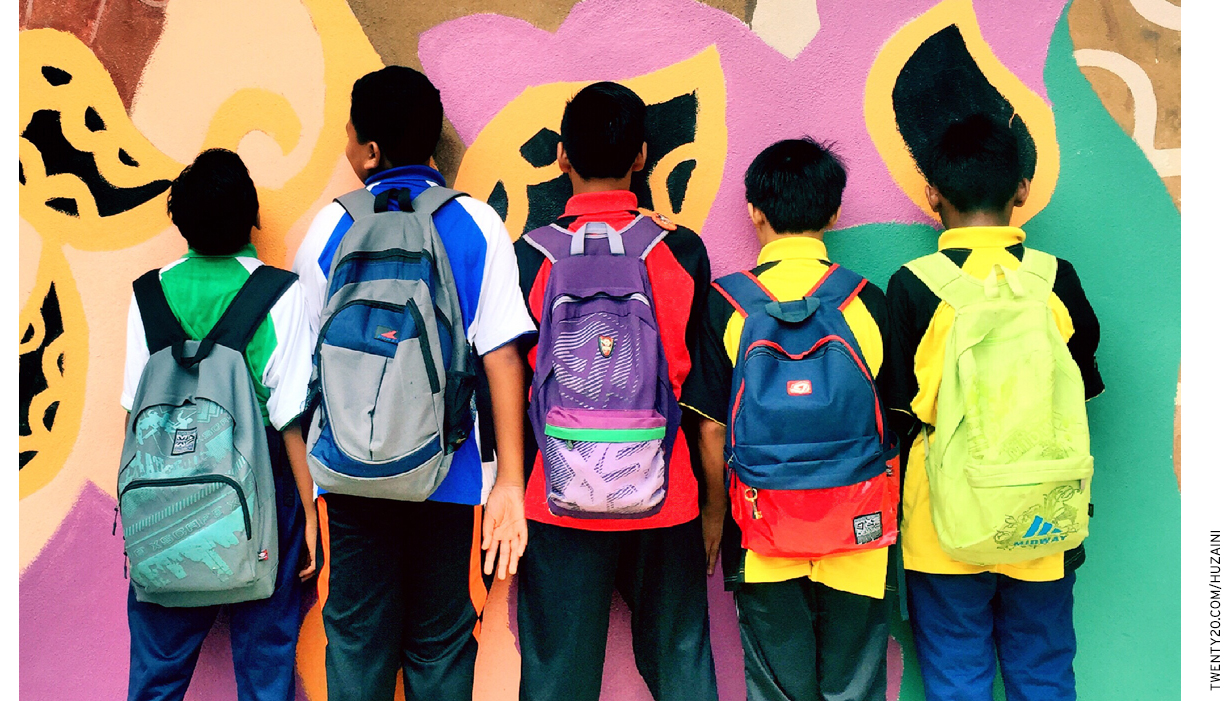
In 2014, the Department of Education released results of its Civil Rights Data Collection that contained some alarming statistics about racial disparities in school discipline. The subsequent departmental guidance charged states and districts with changing their discipline practices to remedy these disparities. With the change in administration, there is discussion around rescinding this guidance. This shift in thinking reflects a larger discussion on the role of discipline in schools.
There’s a lot to reconcile here. On one hand, you have those who want to close racial and socioeconomic gaps in the usage of exclusionary and harsh disciplinary actions. On the other, you have those who say these types of disciplinary actions are necessary to sustain a safe and productive school climate. This argument maintains that teachers and administrators need to be able to suspend or even expel students to keep school climates conducive to learning.
In my research on teacher-student race match and student discipline, we find that black students (who by far experience the highest rates of suspensions and expulsions) who have a same-race teacher are less likely to experience exclusionary discipline. In some additional exploratory analyses, we also found that, conditional upon being suspended, students with more than one suspension who have a subsequent infraction are usually out of the classroom for more than a week. In our data, that number goes from three days (after your first suspension) to six days. These suspensions can be particularly harmful for students because of lost instructional time.
We also found that there was a subset of schools that could be labeled as “persistently exclusionary.” These are schools that suspend about 25 percent of their student population over the course of the year, for multiple years. We also found that younger teachers are more likely to use exclusionary discipline. And, of course, young black men are excluded the most. These data are from North Carolina, but patterns are similar in national data.
The most interesting thing we found, however, was that the findings about black students with same-race teachers experiencing less exclusionary discipline were driven largely by a reduction in “willful defiance” incidents. These are the incidents that are most open to teacher discretion—and can reflect a cultural mismatch between teachers and students. You can imagine teachers reading students’ behavior incorrectly, and students behaving better (or worse) for different teachers. There are lots of dynamics at play when it comes to school discipline, including school climate and interpersonal relationships.
A school that excludes a quarter of its students needs to think seriously about the larger school climate. Researchers can be helpful here. Most of the research on discipline disparities is focused on the student who’s been excluded—not necessarily the class or school left behind. Those students may experience a benefit from the offending student being excluded. My paper doesn’t speak to outcomes of students who are not suspended, so there’s work to be done there.
Here in DC, the city council is considering a bill that would severely restrict the use of suspensions. Much like the national conversation, the focus in DC is on students who are suspended at high rates for many days—who are also disproportionately disadvantaged students. Educators have pushed back, rightfully noting that we have to grapple simultaneously with disparities and school safety. Implementing or legislating required declines in suspensions and expulsions has the potential to produce unintended consequences. Teachers and administrators should have the professional discretion to discipline students. They should also be held accountable for racial disparities in discipline.
Schools seem to be addressing these issues by using other strategies such as trauma-based approaches and restorative justice practices. Restorative justice policies seem to be a promising way to address the myriad issues that chronically disciplined students may be facing—but represent a paradigm shift in how schools do business. I have no doubt the debate over school discipline will carry on, but a call for the equal application of discipline policies doesn’t have to mean schools can’t discipline students at all.
— Constance Lindsay
Constance Lindsay is a research associate at the Urban Institute.
This post originally appeared on Rick Hess Straight Up.


